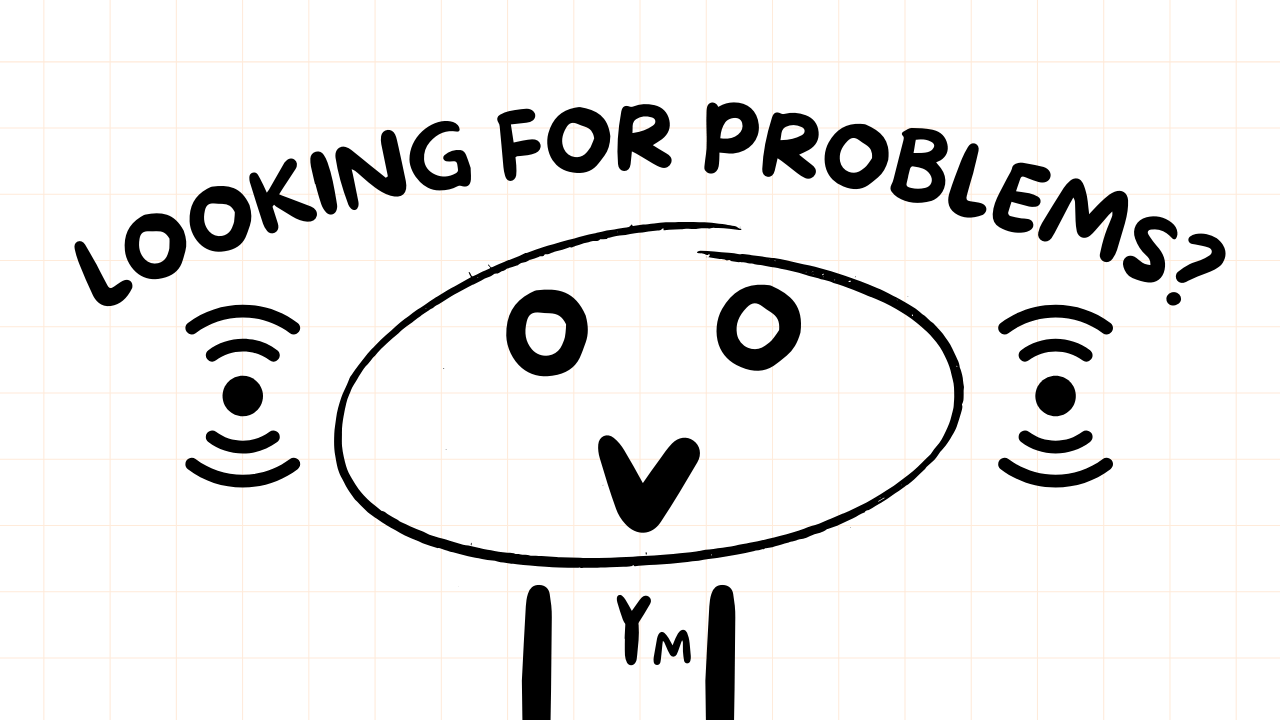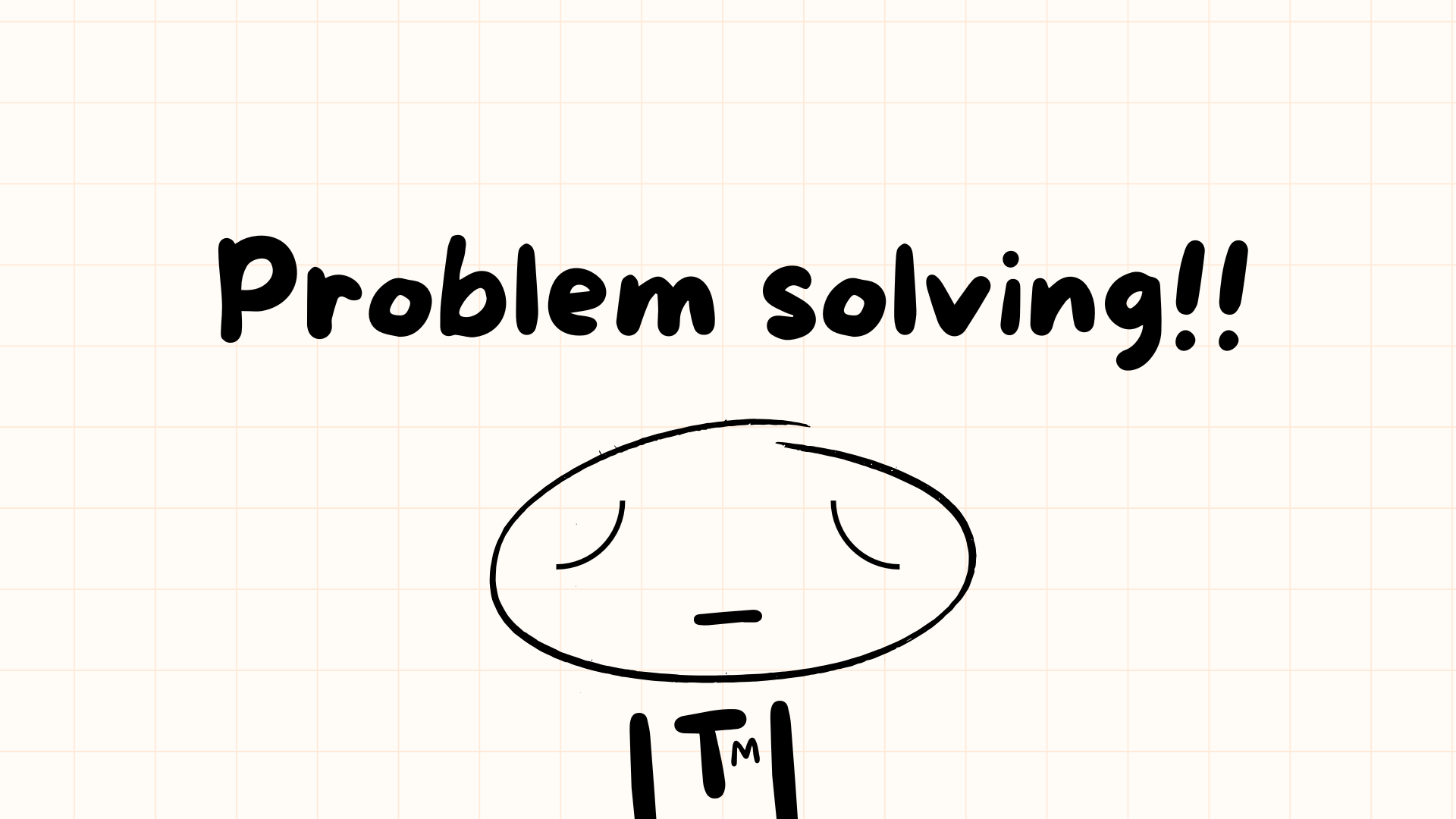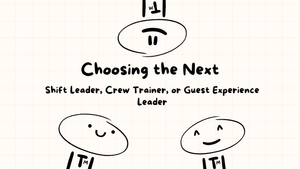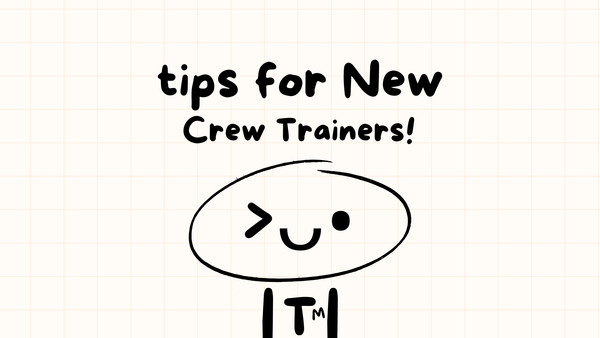It’s 12:30 PM on a busy Saturday. The drive-thru line stretches around the building, the dining room is packed, and suddenly your main grill goes down. As a McDonald’s manager, this scenario isn’t just a nightmare – it’s a very real possibility that requires quick thinking and effective problem-solving skills.
With over five years of experience managing one of the busiest McDonald’s locations in the region, I’ve learned that success in fast food management isn’t just about knowing the procedures – it’s about mastering the art of problem-solving under pressure.
The Reality of Fast Food Management

The difference between a good shift and a challenging one often comes down to how quickly you can spot and address potential issues before they snowball,
I often tell my team during training sessions. In the fast-paced environment of McDonald's, where success is measured in minutes and seconds, effective problem-solving isn't just a skill – it's a necessity.
Identifying Issues Before They Become Crises

Stay Observant: The Manager's Radar
The first step in effective problem-solving is developing what I call a "manager's radar." This means constantly scanning your environment for potential issues:
- Monitor kitchen operations
- Watch customer flow patterns
- Listen to team member communications
- Check equipment performance regularly
Problem-Solving Techniques That Actually Work

The 5 Whys Method in Action
Let me share a real example: Last month, we noticed our drive-thru times were consistently slow during the morning rush. Here's how we applied the 5 Whys:
- Why are drive-thru times slow? Orders are backing up
- Why are orders backing up? French fry station can't keep up with demand
- Why can't the fry station keep up? Only one person knows how to handle high-volume fry preparation
- Why is only one person trained? Training sessions were scheduled during busy hours
- Why were sessions poorly timed? No structured training program in place
This analysis led us to implement a comprehensive training program during slower periods, resulting in a 30% improvement in drive-thru times.
Critical Scenario Response Guide
| Scenario | Immediate Action | Secondary Steps | Prevention Strategy |
|---|---|---|---|
| Equipment Failure | Switch to backup unit | Contact maintenance | Regular maintenance checks |
| Staff Shortage | Activate on-call list | Adjust station positioning | Cross-training program |
| Supply Issues | Check backup inventory | Contact nearby locations | Implement par level system |
| Rush Hour Backup | Open all registers | Call for additional support | Better scheduling analytics |
Empowering Your Team
One of the most valuable lessons I've learned is that effective problem-solving isn't a solo sport. "Your team members are your eyes and ears," I always say. "They often spot issues before they reach management level."
Building a Problem-Solving Culture
We've implemented a simple but effective system where team members are encouraged to:
- Identify potential issues
- Propose solutions
- Take initiative within their authority
- Report outcomes
Managing Customer Expectations

When issues arise, transparent communication with customers is crucial. We've developed a simple script for different situations:
"We're experiencing a brief delay and working to resolve it quickly. Your order will be ready in approximately [specific time]. Thank you for your patience."
Learning from Every Challenge
At the end of each shift, we conduct a quick debrief focusing on:
- What issues occurred?
- How were they handled?
- What could we do better next time?
- What preventive measures can we implement?
Conclusion
As a McDonald's manager, your ability to solve problems quickly and effectively makes the difference between a smoothly running restaurant and chaos. The techniques outlined here are battle-tested strategies that can help maintain high standards even during challenging situations.









